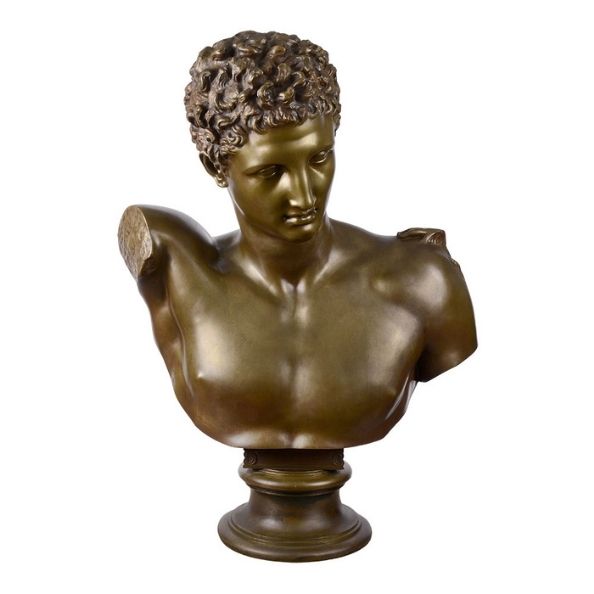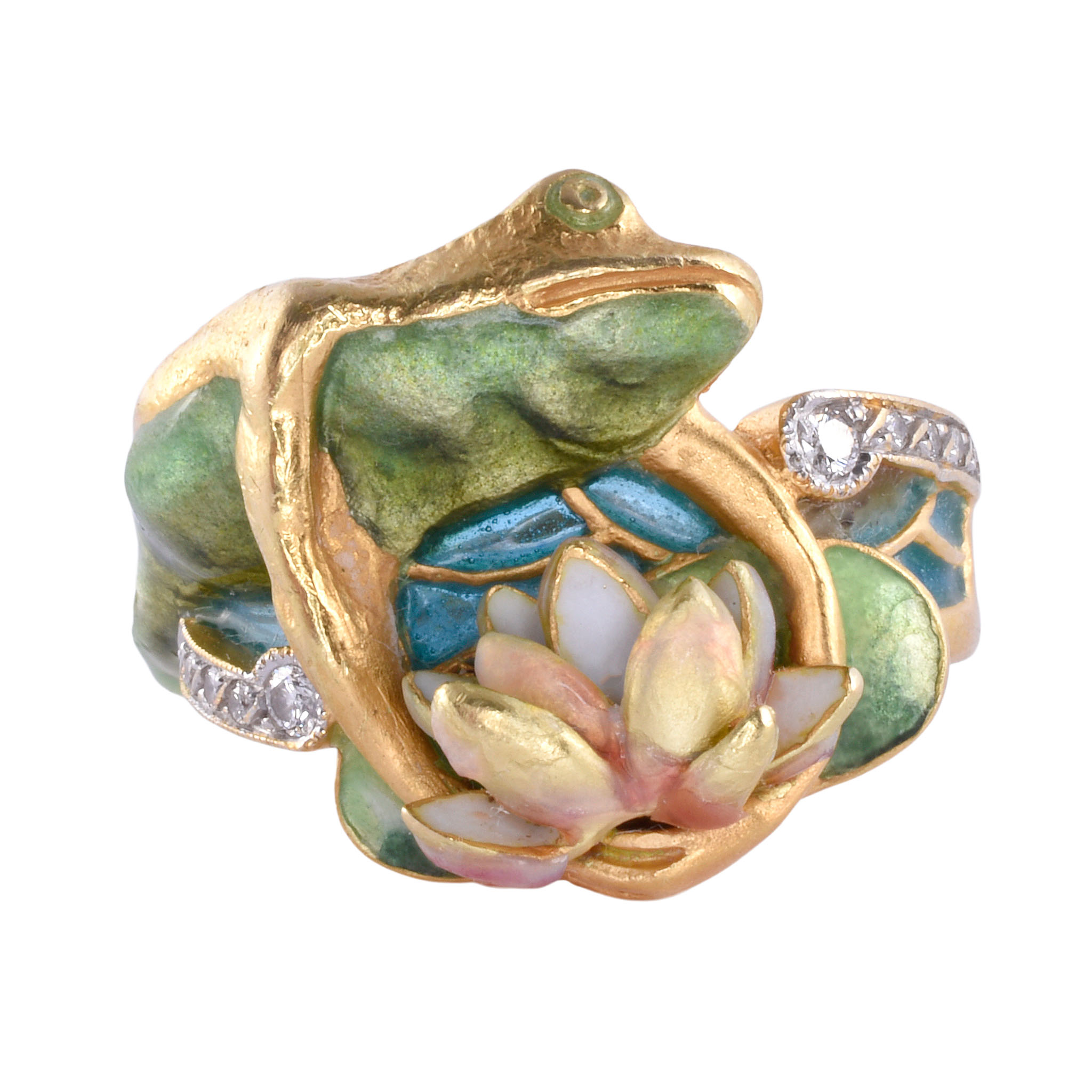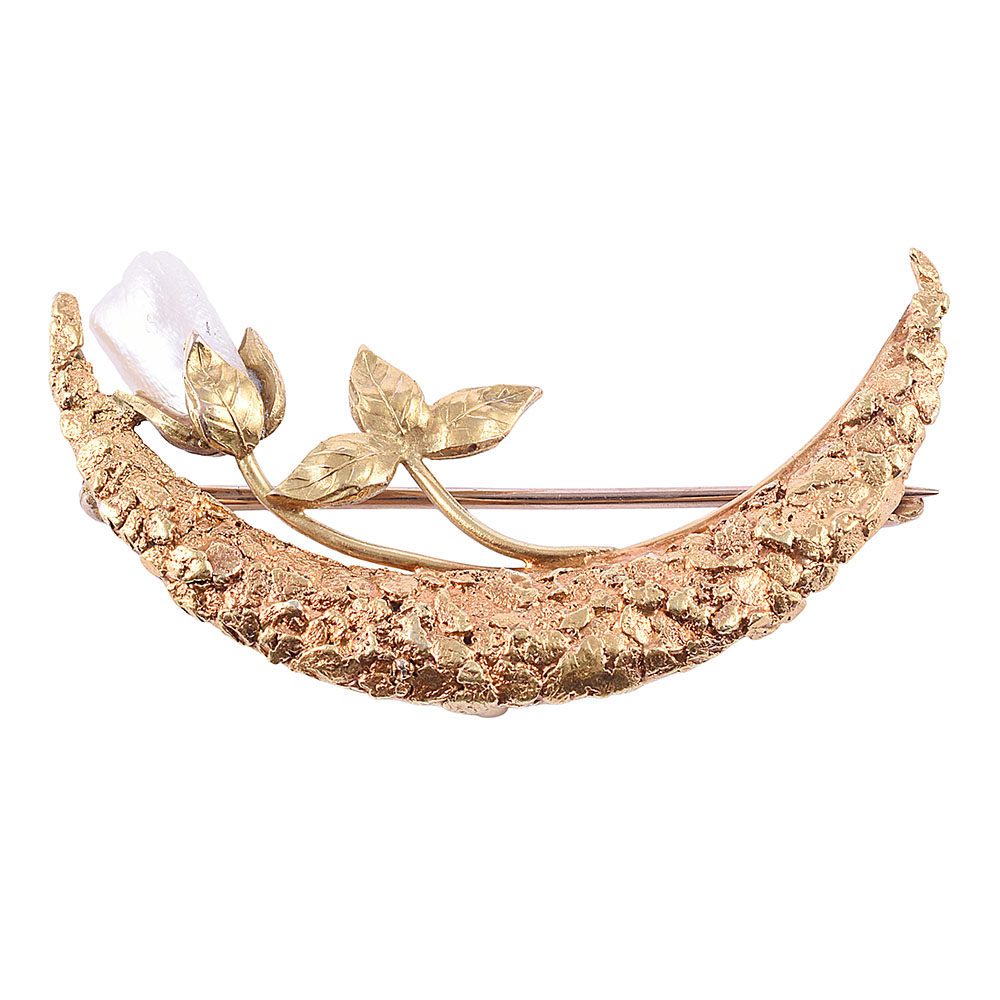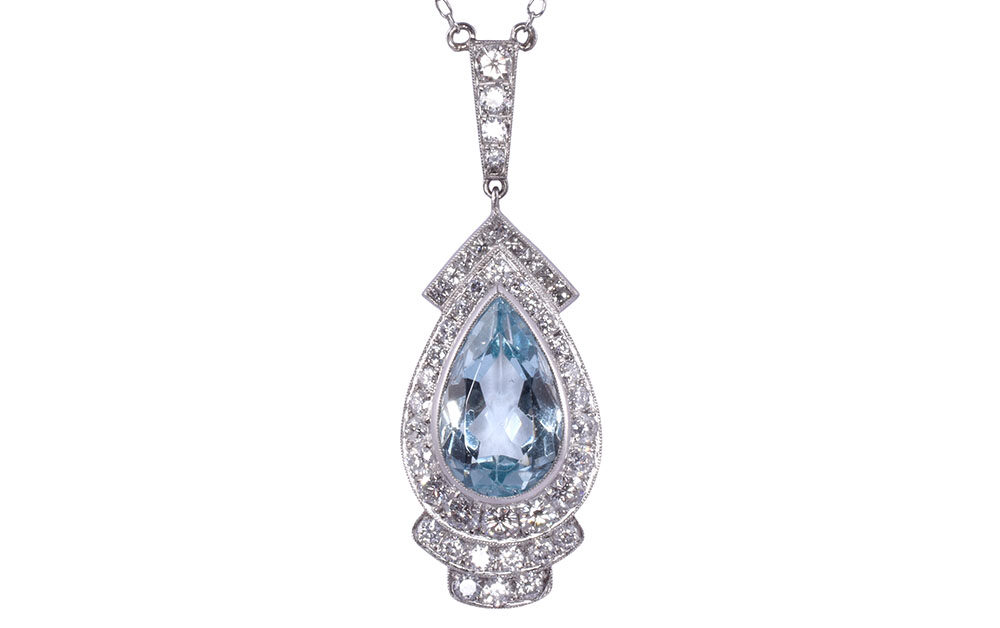The 4 Different Types of Sculpture Techniques


Stemming from the Latin word sculpere, the word “sculpture” means “to carve.” As one of the oldest persisting visual art forms, sculptures are more than merely stunning objects to gaze upon. Due to their representational lifelikeness, freestanding sculptures have the ability to tell stories about people, places, perceptions, and past eras unlike any other artistic medium.
Artists of the past and present use an array of common techniques to create these three-dimensional figures and art forms. Let’s take a closer look at the four different types of sculpture techniques that sculptors employ for their masterpieces.
Artistic Principles and Interpretations
Texture, light, color, contrast, mass, form, pattern, and proportion play equally important roles in sculpting. Each individual artist uses these elements to craft their interpretation out of a chosen media, such as clay, wood, wax, metal, marble, plaster, or other stones or minerals. Sculptors use either the subtraction or addition of materials throughout the production process.
The Assembling Method
More common in modern times, the assembling method of sculpting is an additive production process. Sculptors gather up and add an assortment of media to shape and form their pieces. Assembled sculptures typically contain scrap metal or various found objects that add supplementary texture and abstract dimension.
The Carving Method
The carving method can be one of two processes: direct or indirect. Both are subtractive processes that systematically remove materials from the outside to the inside. Artists generally use a specialty manual tool to chisel or whittle material and form the shape of their pieces. Their creative ideas of depiction dictate the right tools and media for the technique at hand.
The Modeling Method
The modeling method of sculpting is a constructive and additive process. Modeled sculptures are some of the most ancient types of hands-on artwork. This classical technique requires the shaping of softer materials—such as clay, plaster, or wax—to craft the desired form. Any design modeled in plastic-based materials can be made more rigid through firing in a kiln or even replicated through casting.
The Casting Method
With deeply historical roots, the casting method is another of the four different types of sculpture techniques. Cast sculptures involve the use of molded forms and cured materials. This process entails modeling a chosen media and additionally casting the form to create a durable, long-lasting piece. Heated liquids—including metals such as bronze—fill the sculpted mold that’s designed to take on its specific shape.
Vintage Sculptures for Sale
Solvang Antiques carries a refined selection of antique and vintage sculptures that illuminate detailed technique and artistic expression. Our collection features assorted art forms comprised of luxuriously beautiful materials. Browse our inventory of timeless fine art sculptures that demonstrate extraordinary craftsmanship today.



